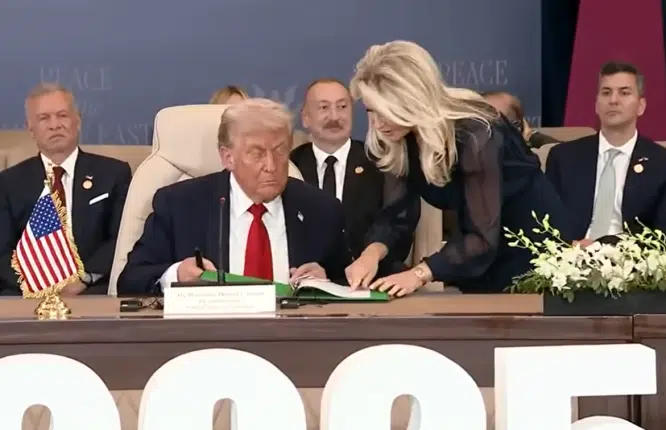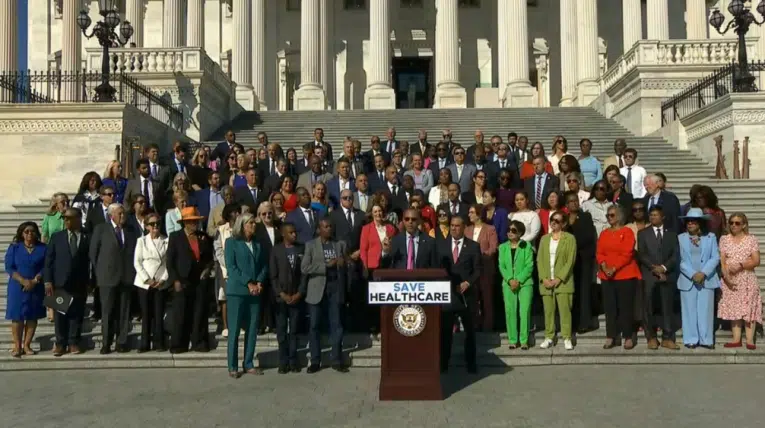
“In the Senate, it shall not be in order to consider a provision in a bill, joint resolution, motion, amendment, amendment between the Houses, or conference report that would increase the number of justices on the Supreme Court of the United States.”
That was the text of an amendment by Sen. Tom Cotton (R-Ark.) considered in the U.S. Senate that would have been attached to the current budget resolution under consideration — which is addressing the Covid relief legislation proposed by the Biden administration — that would have prohibited any legislation designed to pack the Supreme Court by increasing the number of justices.
Unfortunately, it failed by a 50-50 vote. Not a single Democrat voted for it.
Ostensibly, Sens. Joe Manchin (D-W.Va.) and Kyrsten Sinema (D-Ariz.) have already foreclosed the possibility of packing the nation’s highest court by saying they won’t support abolishing the filibuster.
“I will not vote in this Congress, that’s two years, right? I will not vote [to abolish the filibuster]… And I hope with that guarantee in place he will work in a much more amicable way,” Manchin said in an interview last month.
Sinema for her part through her office said she is “not open to changing her mind” about abolishing the filibuster, which would facilitate consideration not only of legislation to pack the court but also other issues.
But when presented with the opportunity in the Senate via the budget resolution to prohibit consideration of increasing the number of Supreme Court justices from the current level of nine established under the Judiciary Act of 1869, both Manchin and Sinema voted no.
Meaning, they would like to pack to the Supreme Court, or so we are led to believe.
Note, their statements have centered on whether or not to abolish the filibuster, not on what they would do to pack the court if it ever comes up on the floor.
Which, is something voters might wish to consider in Arizona and West Virginia when Sinema and Manchin come up again for election in 2024.
And it also illustrates why Congress ought to pass the Keep Nine constitutional amendment proposed by Sen. Ted Cruz (R-Texas), which states, “The Supreme Court of the United States shall be composed of nine justices.” This would set the number of justices regardless of which party in the White House happened to nominate them.
The Constitution simply states, in Article II, Section 2, “The President… shall nominate, and by and with the advice and consent of the Senate, shall appoint … judges of the Supreme Court…” Nothing, however, sets the number of justices in stone. To do that, Congress would have to pass and the States would have to ratify the Cruz amendment.
And nothing in the Constitution is said about the Senate filibuster except for Article I, Section 5, which states, “Each House may determine the Rules of its Proceedings.” That’s it. That makes the question of Senate rules a political question with which the Senate has full discretion.
Public acceptance of the Constitution and the consent of the governed could be undermined by a court whose rulings would sway with its ever-evolving partisan composition, as control shifts with each subsequent election, or could lead to the government devolving into arbitrary and tyrannical rule.
Some clarity from Sinema and Manchin — and other Senate Democrats — would be helpful, but the independence of the federal judiciary is at stake when it comes to court packing. As a country we need to lock this door before it is ever opened.
Robert Romano is the Vice President of Public Policy at Americans for Limited Government.






